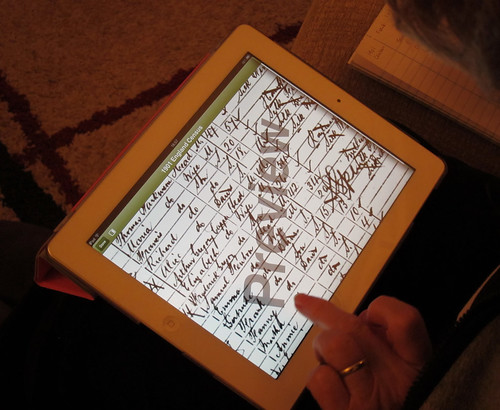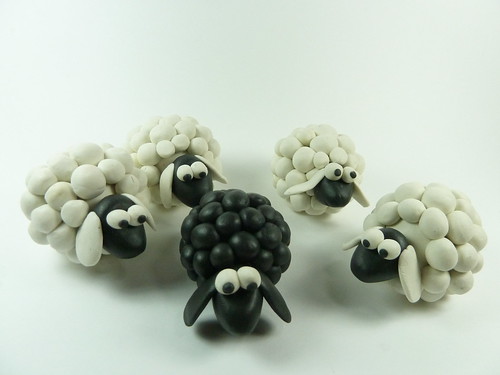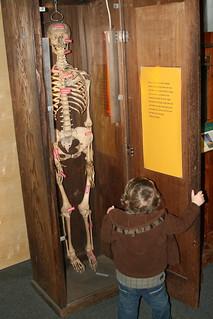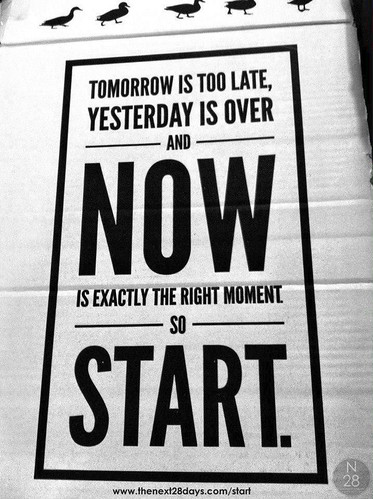It is Census Sunday and I am looking at the 1930 Census for the household of John and Anna Pakledinaz. Here is the transcription from the census:
1. John Pakledinac, Head, owned No. 70 on the farm schedule on 13 mile rd., 45 yrs old, Mother/Father/himself born in Ireland, Native tongue: Irish, Immigrated 1905, Alien status, works as a farmer on a truck farm.
2. Anna, wife, 40 yrs old, Mother/Father/self born in Ireland, Native tongue: Irish, immigrated 1909, alien status, No occupation
3. Adam, son, 19 yrs old, born in Ohio, no school since 1 sept. 1929, Occupation: laborer on farm
4. Ligebth, daughter, 18 yrs old, born: Ohio, no school since 1 sept. 1929, no occupation
5. Tresa, daughter, 15 yrs old, born Michigan, no school since 1 sept. 1929, no occupation
6. Anna, daughter, 13 yrs old, born Michigan, no school since 1 sept. 1929, no occupation
7. John, son, 12yrs old, born Michigan, has attended school since 1 sept. 1929, no occupation
8. Rose, daughter, 10 yrs old, born Michigan, has attended school since 1 sept. 1929, no occupation
9. James, son, 8 yrs old, born Michigan, has attended school since 1 sept. 1929, no occupation
10. Leona, daughter, 6 yrs old, born Michigan, no school since 1 sept. 1929, no occupation
11Joseph, son, 2 1/2 yrs old, born Michigan, no school since 1 sept. 1929, no occupation
Something's of note for myself:
- The surname is spelled with a C at the end, just like in his home country of Croatia/Slavonia. It is pronounced as a Z so I wonder how the spelling got that way on this Census – the Z ending if more familiar here in the States.
- I’ve already written about the Ireland/Irish stuff and disproven all of that and don’t think I’ll ever know where that comes from. You can read that post here.
- They lived on a farm in the Truck Farm industry and John worked on his own accord. I’m assuming this was a small vegetable farm on their own land. I need to do some research about truck farms in Michigan to confirm this.
- He also states that he owned this farm – so have to look into the land records for this.
- Both John and Anna lists their immigration years and that they have Alien status – I was hoping they would have put in their first papers for naturalization but I guess not – but that won’t stop me from looking.
- Their second child was born in Ohio in about 1912 and their third child (my grandmother) was born in Michigan in 1914. So, that narrows down a timeframe for their move from Ohio to Michigan.
If I’ve missed anything, please let me know if the comments.
Thanks for stopping by and keep diggin’ for that family.
Chris


































 Pakledinaz joins the family as my maternal great grandfather, John Pakledinaz. John is one of our immigrant ancestors and it seems that he hails from the town of Tompojevci, which is located in Croatia now, where he was born 16 March 1885. He emigrated from there back in August of 1905 on board the SS Kaiser Wilhelm. He said he was joining his cousin, Jakob Pakledinaz, in Youngstown, Ohio.
Pakledinaz joins the family as my maternal great grandfather, John Pakledinaz. John is one of our immigrant ancestors and it seems that he hails from the town of Tompojevci, which is located in Croatia now, where he was born 16 March 1885. He emigrated from there back in August of 1905 on board the SS Kaiser Wilhelm. He said he was joining his cousin, Jakob Pakledinaz, in Youngstown, Ohio. 
